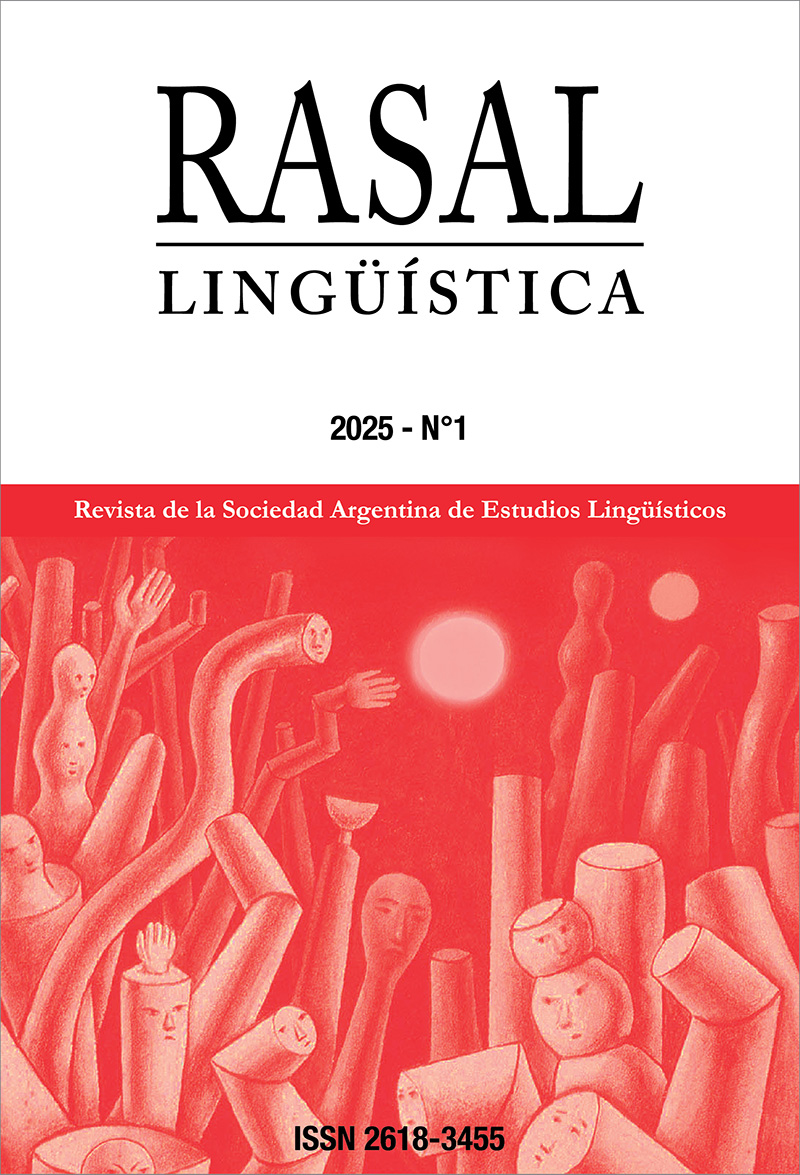Relations between lexicography and neology: Criteria for the introduction of neologisms in online Brazilian Portuguese dictionaries
DOI:
https://doi.org/10.56683/rs251141Keywords:
neology, neologism, dictionary, lexicographyAbstract
In this work, we sought to verify the inclusion of a set of neologisms in five of the most important online dictionaries of contemporary Brazilian Portuguese. For this analysis, we selected neologisms that became widespread in Brazilian Portuguese from the 1990s onwards, which we consider representative of the historical period studied. Three of these works constitute online versions of dictionaries previously published on paper and are considered quite representative of Brazilian Portuguese: the Grande Dicionário Houaiss, the Dicionário Caldas Aulete and the Dicionário Michaelis. The two other works only present online versions and are more recent, with less tradition: the Dicionário inFormal (a work entirely written by users) and the Dicio.com.br. For each of the dictionaries analyzed, we verified the presence of the neologisms hiperinflação (and its derivatives), tucano (and its derivatives), peessedebismo/peessedebista, petismo/petista, fake and fake news (the latter of more recent dissemination in Brazil), as well as the insertion of morphological elements that form neologisms (the prefix super- and the suffixes -ismo and -ista). The results indicate that dictionaries with a corresponding printed version appear to be more careful when inserting neologisms; fully online dictionaries introduce quantitatively more neologisms, although they seem less rigorous in their criteria. We also highlight that, for the inclusion of a neologism in dictionaries, the frequency criterion must be combined with the criterion of its historical-social relevance.
Downloads
References
Alves, I. M. (2007). O formante super- no português brasileiro: a supertrajetória de um prefixo. Em: L. Lopes Fávero, N. Barbosa Bastos, S. Cristina Marchesi (Orgs.), Língua Portuguesa. Pesquisa e ensino (pp. 51-62). Editora PUCSP EDUC.
Bernal, E.; Freixa, J. e Torner, S. (2020). Criterios para la diccionarización de neologismos: de la teoría a la práctica. Revista Signos, 53 (104). https://www.scielo.cl/scielo.php?pid=S071809342020000300592&script=sci_arttext_plus&tlng=es.
Boulanger, J.-C. (1986). La néologie et l’aménagement linguistique du Québec. Language Problems and Language Planning, 10 (1). https://boulanger.recherche.usherbrooke.ca/document-articleboulanger_1986a.
Jacquet-Pfau, C. e Kacprzak, A. (2022). De quelques mots-témoins d’une pandémie: les représentations du Covid-19 en français et en polonais. Repères DoRiF, 25. https://www.dorif.it/reperes/christine-jacquet-pfau-alicja-kacprzak-de-quelques-mots-temoins-dune-pandemie-lesrepresentations-du-covid-19-en-francais-et-en-polonais/.
Sánchez Manzanares, C. (2013). Valor neológico y criterios lexicográficos para la sanción y censura de neologismos en el diccionario general. Sintagma: revista de linguística, 25. https://raco.cat/index.php/Sintagma/index.
Matoré, G. (1953). La méthode en lexicologie. Didier.
Maurer Jr., T. H. (1951). A unidade da România Ocidental. Boletim de Filologia Românica, 126 (2).
Rio-Torto, G. M. (1987). Estruturas léxicas de intensificação no português contemporâneo. En CONGRESSO SOBRE A SITUAÇÃO DA LÍNGUA PORTUGUESA NO MUNDO, 2, Lisboa, 1983. Actas. Instituto de Cultura e Língua Portuguesa. p. 87-113.
Published
How to Cite
Issue
Section
License
Copyright (c) 2025 Ieda Maria Alves, Bruno Oliveira Maroneze

This work is licensed under a Creative Commons Attribution-NonCommercial 4.0 International License.
RASAL © Algunos derechos reservados










